Affiliate links on Android Authority may earn us a commission. Learn more.
Screen-on time: Why is it important, and how can I extend it?
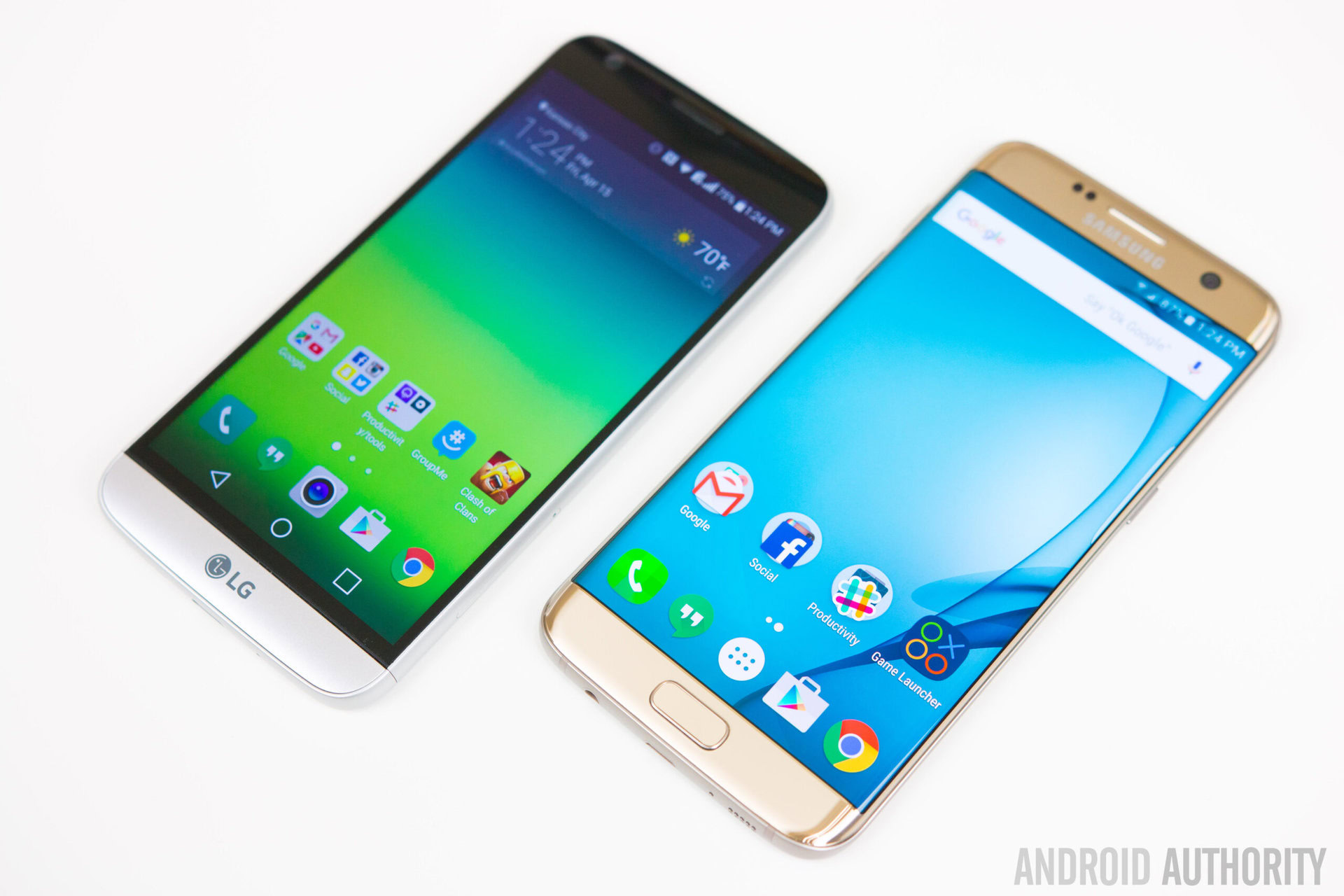
As tech enthusiasts, we have extremely high standards. Gone are the days when ‘good enough’ is good enough and, instead, we expect faster, bigger, thinner, better, more, more, more. And as our demands get greater, we’ve developed a tendency to see devices for their shortcomings instead of their strengths.
Despite all the impressive features that smartphones have today, there are certain things that will always be more important, like the battery. You might even say that a device can only be as good as its battery; after all, if a smartphone doesn’t have enough power to let you use its impressive features, it might as well not have those features at all. As you can see, this makes a phone’s battery pretty important.
But how, exactly, do you gauge the performance of a smartphone’s battery?
The most obvious answer would be to go by the actual size of the battery in milliampere-hours (mAh), which is a unit of measure for the amount of power over a period of time. However, it’s not quite as simple as that. You’ve probably noticed by now that a smartphone with a large battery can have worse battery life than a device with a smaller battery. It comes down to which battery has a better balance between resource-intensive hardware (and software) and mAh. Since battery size isn’t always indicative of battery performance, we’ve had to look for some other representation.
That’s where screen-on time comes into play.
What is screen-on time?
(Screen on time images from Google Pixel)
To put it in the simplest terms, screen-on time refers to how long a device’s battery can power its display on a single full charge. But much like how having resource-intensive components can result in getting less usage from a larger battery, screen-on time has contingencies, too, which we’ll cover in greater detail below.
The screen-on time you get from a device depends on a few important variables: how resource-intensive the hardware is, the size of the battery, and your patterns of use. If you’re a power user who routinely streams music on Spotify, takes photos and uploads them to Instagram, checks email frequently, watches lots of YouTube videos, plays intensive games, and uses Google Maps for driving directions, you’ll get less screen-on time than an ‘average’ user who’s using the same device, but for far fewer things. So when power users are getting a fair amount of screen-on time in spite of their heavy use, we tend to be impressed. If power users are getting impressive screen-on time, this tells us that a device’s battery performance can satisfy the majority of users’ needs. This is also why screen-on time has become a popular metric in tech reviews — especially here at Android Authority.
So why do we pay attention to screen-on time versus other factors like standby time? And how can tracking Screen-on-time help you to better extend your battery life?
Standby time isn’t a good performance indicator
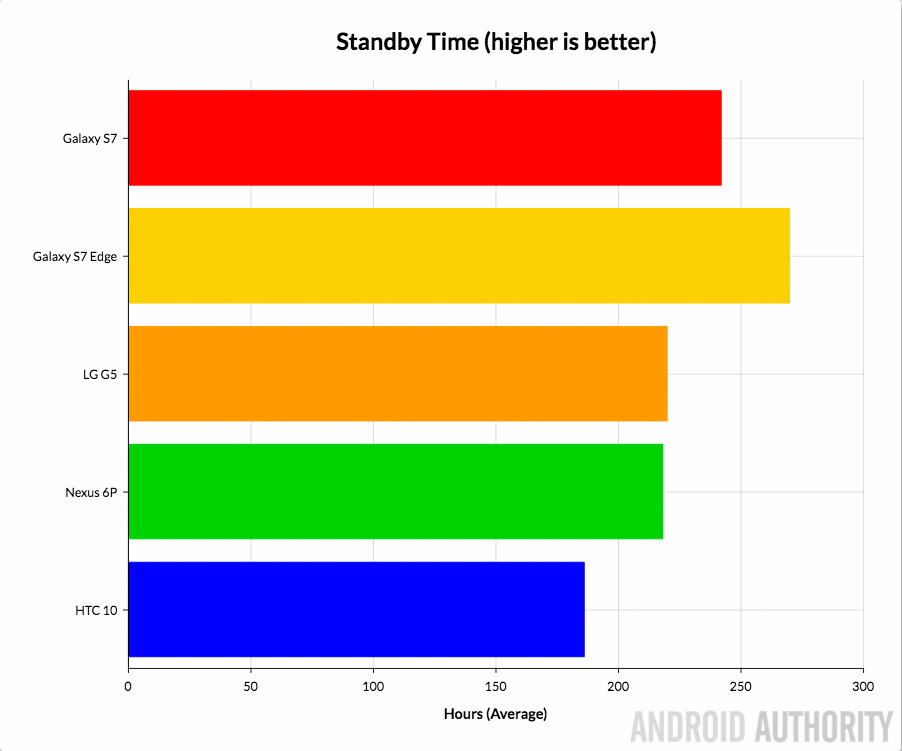
On occasion, you’ll hear a tech company bragging about the standby time one of their devices gets, but standby time isn’t a very good indicator of battery performance, especially when it comes to real-world usage. Think of it this way: How often do you give your device a full charge, set it down, and leave it there without touching it for days on end? Of course, having great standby time is useful for extremely rare situations when good standby time might be beneficial (out camping and just need the line active for emergencies, etc), but having days and weeks of standby time isn’t something most of us really need or care about.
To be clear, a device on ‘standby’ essentially means all wireless radios — including WiFi, Bluetooth, and the cellular antenna — are turned off, and no apps or processes are running in the background. The average person’s smartphone isn’t even this inactive overnight while he or she is sleeping. It’s true that the display is almost always the greatest drain on a device’s battery, but virtually every other feature and capability puts some amount of strain on the battery, no matter how minimal it may be. As such, this is such an unrealistic scenario that standby time is rarely a subject of focus although, again, it may be good to know for those what-if scenarios.
A great tool for extending battery
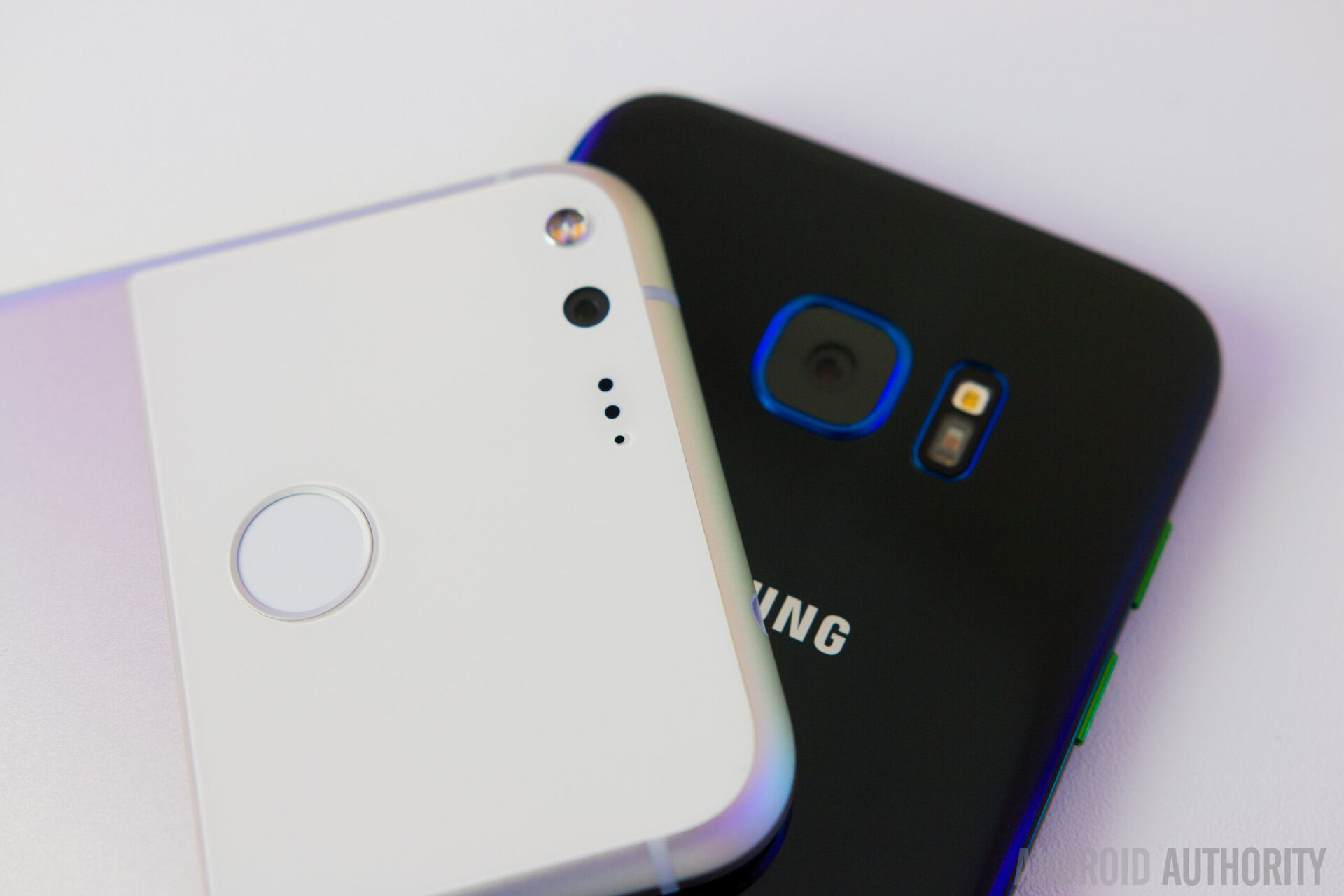
As I said before, while there are numerous things putting varying amounts of strain on a device’s battery, the display is consistently the most resource-intensive of them all. This is especially true as we enter an era in which 1440p QHD displays are increasingly the norm and 1080p FHD displays are passé. The reality is that all those extra pixels come at the cost of battery life. Even as batteries get larger, any potential gain in battery life is mitigated because the displays are also growing in size and quality, plus we want increasingly powerful cameras, more impressive speakers, wider Bluetooth range, and so on.
It’s no secret that the lithium-ion batteries used in smartphones — and basically all consumer tech —are overdue for an upgrade. However, there’s currently only so much battery that can be crammed into today’s smartphones, so it’s fallen on the consumer’s shoulders to extend battery performance by adapting his/her usage.
This is where screen-on time becomes incredibly useful because it allows you to gauge how changes in your usage affect a device’s battery life. For example, if you start keeping your display brightness at about 50 percent rather than the max, you’d surely notice an increase in screen-on time. Things like reducing the amount of time it takes for your display to sleep, cutting back on YouTube videos, and turning off vibration for calls and texts can lead to significant improvements to a device’s battery performance via more screen-on time.
[Homework: Try checking your device’s screen-on time throughout each week. Take note of how your device’s battery performance is affected by your usage patterns. This will help you to maximize your device’s battery, which is particularly helpful during those times when you don’t have access to an outlet and need to conserve power.]
Detecting battery drain from apps
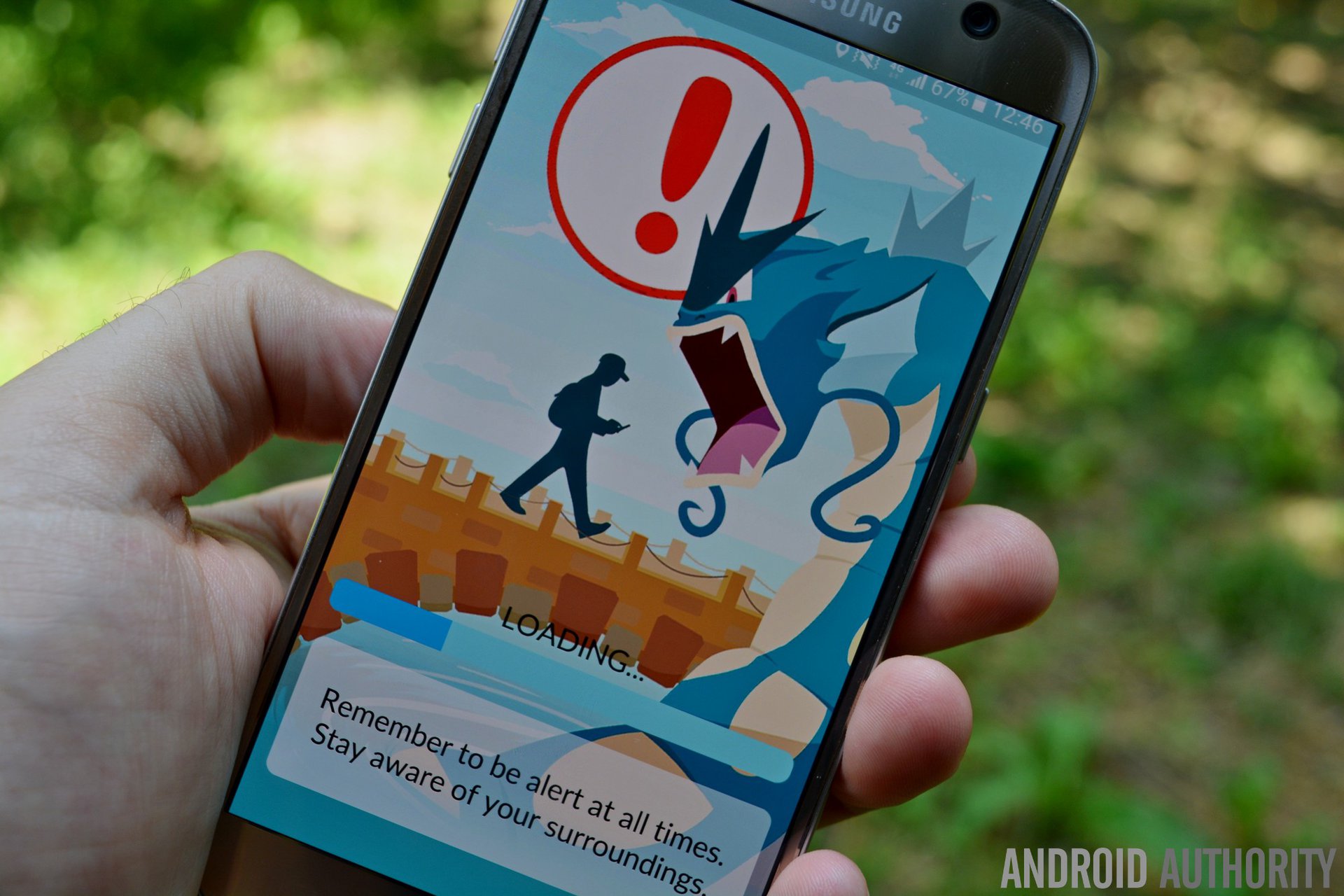
Different tasks and functions cause varying levels of drain on your device. For instance, playing Pokémon Go for thirty minutes will drain more power than chatting for thirty minutes on WhatsApp. Alternately, recording a 5-minute vlog in 4K resolution requires much more power than what a smartphone uses to exchange a dozen or so text messages with a friend. With the latter example, each of these functions involves separate hardware components in the phone and for video recording, the battery must power many more components than what’s needed to receive a text. Similarly, certain apps are much more resource-intensive than others, which is why playing games requires much more power than something like a tip-calculator app.
A device’s screen-on time is a great way to determine which apps are putting the most strain on a device. In fact, this is one of the reasons why it’s a good idea to get in the habit of checking your screen-on time at least occasionally; if you have a general idea of how much screen-on time you get on an average day, you’ll be able to tell when your device is getting less screen-on time than it should be getting and you can do some investigating. In many cases, it’s because there’s an app running in the background that’s putting a lot of unnecessary strain on your battery. Fortunately, it’s pretty easy to pick these apps out since they’ll be near the top of the list of running apps in the battery menu of your Android device.
Going by Google’s most recent numbers, there are more than 24,000 different Android devices available today with 1.4 billion Android users currently using them. Obviously, it’s a pretty saturated and very competitive marketplace, which is why we focus on the distinguishing factors that are most important when it comes to real-world usage.
But how much screen-on-time should I expect?
Now we tackle the most important question: How much screen-on time should we expect from an Android smartphone made today? Unfortunately, the answer is complicated and needs explaining.
The amount of screen-on time you should expect from a smartphone depends on what type of smartphone it is. Flagship phones are designed to be full-featured, high-performance devices, so they should offer ample screen-on time in spite of having resource-intensive components to power. By comparison, you probably shouldn’t expect the lowest-cost devices — ones that cost $100 or less — to offer as much screen-on time as flagships.
Generally, we hope for no less than three hours of screen-on time from a device although four hours is a more respectable minimum. When a device can offer up to five or more hours of screen-on time, especially for a power user, it tends to impress. But, again, screen-on time can be highly variable for any device because it’s so highly dependent on usage and other factors.
Screen on time isn’t perfect though!
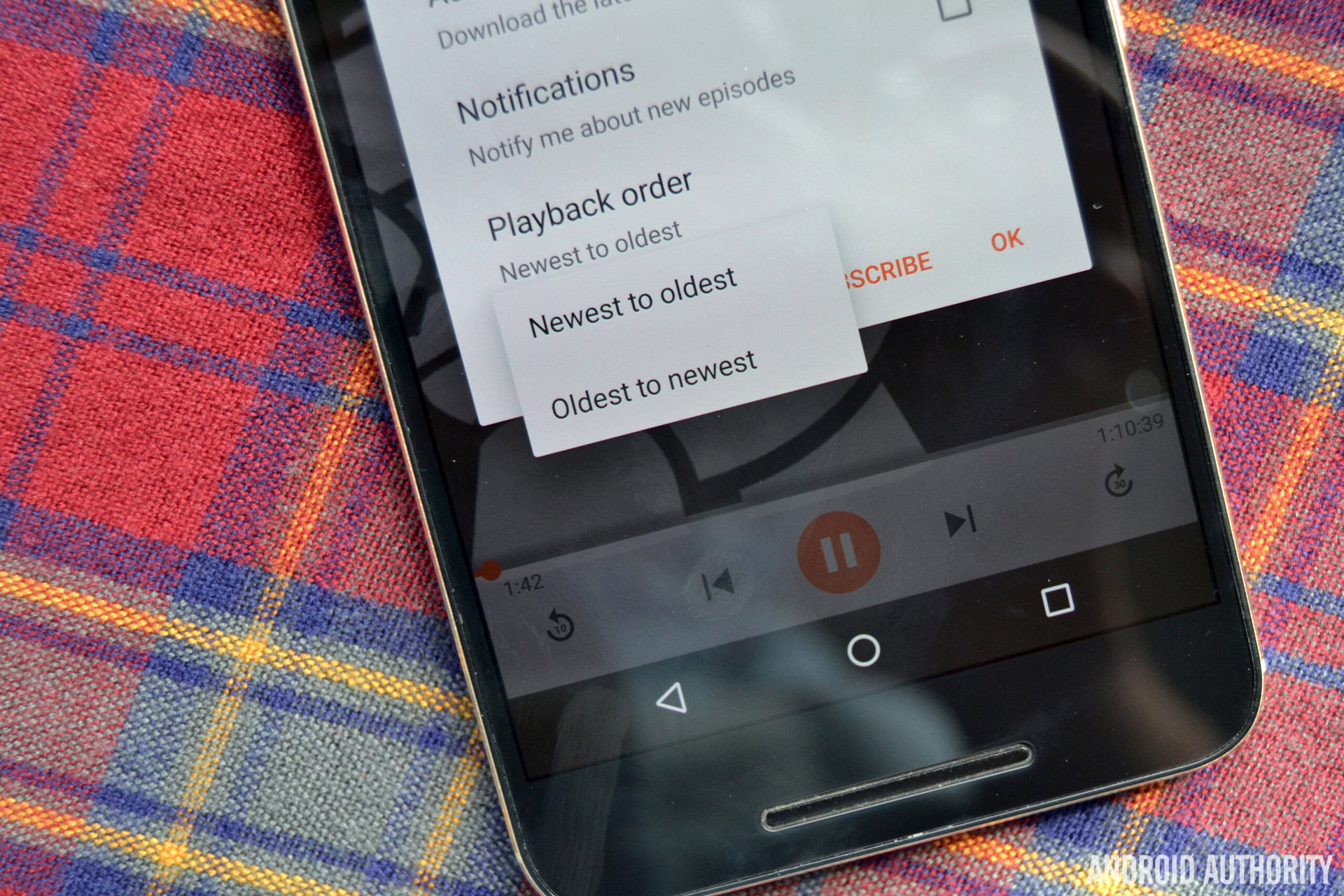
For all the virtues of screen on time, it’s important to note that it isn’t without faults. The problem is that different kinds of uses utilize their smartphones in different ways.
For instance, some people might take lots of photos on their smartphones while others might use smartphones primarily for mobile web browsing. There are the social media gurus among us, too, who are continuously tweeting updates and posting photos throughout the day. Obviously, these different usage scenarios don’t put the same amount of strain on a device’s battery. Since power users put more strain on a device’s battery than most users, it follows that power users are likely getting near to the minimum amount of screen-on time of which a device is capable. Therefore, moderate users can expect to get at least the same amount of screen-on time as power users get or probably even more.
However, there’s definitely a caveat. As I said previously, screen-on time is highly dependent on how you use your device. If you’re someone who mostly makes calls, sends and receives messages, and uses data while the screen is turned off (i.e., for sending and receiving files, listening to music/podcasts, etc), your device is going to show that its screen-on time is very low, suggesting poor battery life. In this situation, the low reading for screen-on time doesn’t necessarily mean that the battery life is bad because the screen must actually be turned on to be counted as screen-on time.
As you can see, screen-on time can be a very valuable metric, but it can sometimes be misleading. For it to be representative of a device and be of the most value, you must consider all the variables that influence screen-on time.
Now I want to hear from you. Had you known what screen-on time was before reading this article? Were you surprised to learn how screen-on time is determined? What kind of screen-on time are you getting from your current device? What’s the minimum amount of screen-on time you need to get before you’ll consider a device? Do you feel that screentime is the best metric for judging battery life — or what would you recommend instead? Keep the conversation going by posting any questions or thoughts you have in the comments section below.